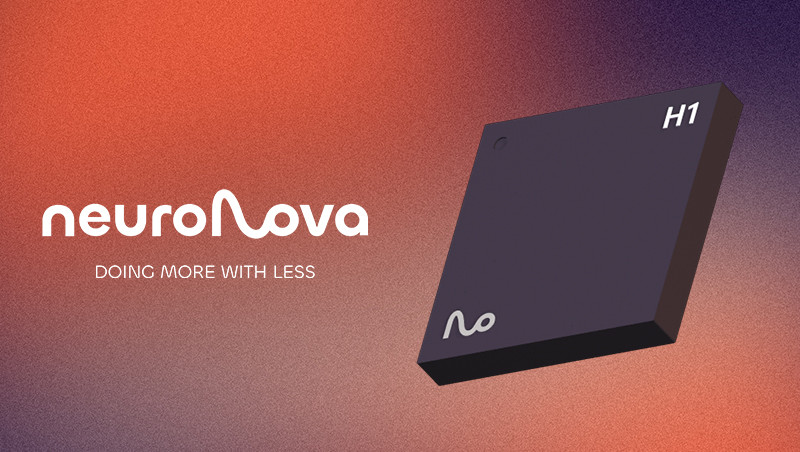Pom down under
Top 20
Your tub time is coming
View attachment 91818
Your tub time is coming
View attachment 91818
Extremely interestingby Fergus Longbottom, who works as a software engineer in Space Domain Awareness / Remote Sensing for Canberra-based Electro Optic Systems (EOS):
View attachment 87642 View attachment 87643

LinkedIn Login, Sign in | LinkedIn
Login to LinkedIn to keep in touch with people you know, share ideas, and build your career.www.linkedin.com
View attachment 87644
View attachment 87645

World-leading defence and space systems technology | EOS
Creating world-leading space and defence systems technology to enhance the security of Australia and its allies.eos-aus.com
View attachment 87646 View attachment 87647

Space Domain Awareness | Electro Optic Systems
EOS has been providing Space Domain Awareness (SDA) services covering low-Earth orbit (LEO), medium-Earth orbit (MEO) and moreeos-aus.com

View attachment 87655
View attachment 87653 View attachment 87652
EOS also have subsidiaries in the US (https://www.eosdsusa.com/) and NZ (https://kiwistaroptics.com/).
And as you can see, it is not the first time Fergus Longbottom has liked BrainChip or BrainChip-related posts… Which of course doesn’t necessarily mean that he is working with Akida at EOS, but it’s definitely good to know someone in the company is very much aware of us, if not more…
#BrainChipDomainAwareness

LinkedIn Login, Sign in | LinkedIn
Login to LinkedIn to keep in touch with people you know, share ideas, and build your career.www.linkedin.com
View attachment 87657
View attachment 87658
View attachment 87659
View attachment 87660
View attachment 87661
View attachment 87662


View attachment 91828 View attachment 91829
🚨 BREAKING: SoftBank is making a $5.4B bet on industrial robotics by acquiring ABB Robotics. The company announced it will acquire ABB Robotics (the robot division of ABB), abandoning ABB’s… | Lukas M. Ziegler | 52 comments
🚨 BREAKING: SoftBank is making a $5.4B bet on industrial robotics by acquiring ABB Robotics. The company announced it will acquire ABB Robotics (the robot division of ABB), abandoning ABB’s earlier plan to spin the unit off as a separate listing. The deal is expected to close in mid-to-late...www.linkedin.com

Delete your post lol, why add the brainchip robot?…View attachment 91828 View attachment 91829
🚨 BREAKING: SoftBank is making a $5.4B bet on industrial robotics by acquiring ABB Robotics. The company announced it will acquire ABB Robotics (the robot division of ABB), abandoning ABB’s… | Lukas M. Ziegler | 52 comments
🚨 BREAKING: SoftBank is making a $5.4B bet on industrial robotics by acquiring ABB Robotics. The company announced it will acquire ABB Robotics (the robot division of ABB), abandoning ABB’s earlier plan to spin the unit off as a separate listing. The deal is expected to close in mid-to-late...www.linkedin.com
I'm keen to see DRO do well as I am an Investor in them also.Btw what do you guys think about drone shields new AI software?

DroneShield Unveils Major AI Software Update to Boost Counter-Drone Capabilities - TipRanks.com
DroneShield Limited ( ($AU:DRO) ) has provided an update. DroneShield Limited has announced a significant software release that enhances its counter-drone capabilit...www.tipranks.com
None of that matters unless you are a daytrader. Most of us are longs. We need news with revenue, anything else dosent really matterHate that there is a 4 day lag on short positions........
Still.. will be interesting to see what the positions were two days ago...
Shorts for Thursday 2nd... 78,530,026....
View attachment 91830
If you say so....None of that matters unless you are a daytrader. Most of us are longs. We need news with revenue, anything else dosent really matter
Any Akidaholics meeting the below eligibility criteria interested in NASA’s Beyond the Algorithm Challenge that was launched today?
View attachment 79697
NASA Beyond the Algorithm Challenge
NASA Beyond the Algorithm Challenge: Novel Computing Architectures for Flood Analysis The NASA Earth Science Technology Office (ESTO) seeks solutions to complex Earth Science problems using transformative or unconventional computing technologies such as quantum computing, quantum machine...www.nasa-beyond-challenge.org
View attachment 79698 View attachment 79699 View attachment 79706 View attachment 79701
NASA-Beyond-Challenge.org
www.nasa-beyond-challenge.org
View attachment 90564
One of the nine finalist teams of NASA’s Beyond the Algorithm: Novel Computing Architectures for Flood Analysis Challenge, consisting of four Columbia University Computer Science students, submitted a solution they named NEO-FLOOD:
“This paper introduces NEO-FLOOD (Neuromorphic Onboard Flood-mapping), a satellite architecture that eliminates this latency by deploying autonomous AI directly in orbit. NEO-FLOOD integrates space-validated neuromorphic processors (Intel Loihi 2, BrainChip Akida) consuming just 2-5W with our novel Spike2Former-Flood algorithm-a spiking neural network optimized for real-time optical SAR fusion onboard small satellites.”
NASA-Beyond-Challenge.org
www.nasa-beyond-challenge.org
View attachment 90565

 www.neuronovatech.com
www.neuronovatech.com
